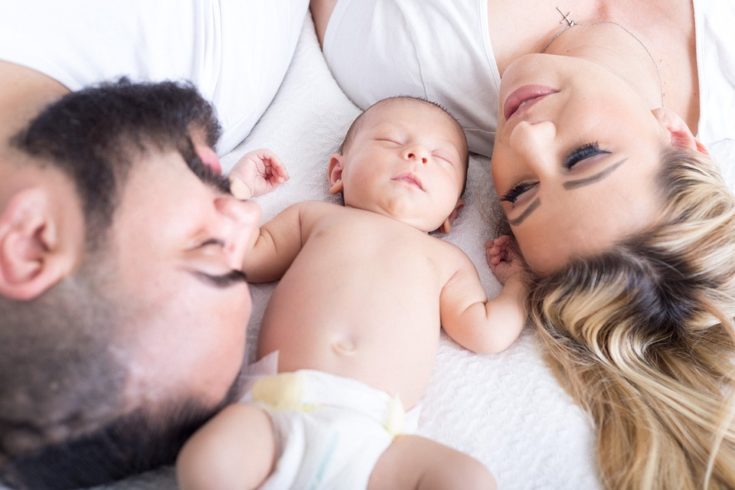Disclosure: This post may contain affiliate links, meaning we get a commission if you decide to make a purchase through our links, at no cost to you. Please read our disclosure for more info.
The words ‘air pollution’ probably conjure up smoky highways and busy city streets, but the worst quality air your family is breathing could be within your very own home. There is an important link between premature birth and a pregnant woman’s exposure to air pollution, with one study across 183 countries finding that premature birth may be associated with fine particulate matter (a common pollutant comprising extremely small particles and liquid droplets). In addition to affecting the likelihood of prematurity, pollution can also harm preemies (and, indeed, all babies).
Premature babies in particular are sensitive to the quality of air, because they can have lung and breathing problems that other babies may not have. Preemies have a higher rate of asthma and bronchopulmonary dysplasia (BPD), for instance, so it is important to ensure that air in the home is of optimal quality.
What are the Most Common Indoor Pollutants?
Poor air quality can make us ill because the body requires fresh oxygen to carry out various functions. Some of the most common, seemingly ‘harmless’ items in our home which cause a toxic atmosphere include household cleaners, excess moisture, strong paint, grooming products such as perfume or hairspray, smoke from furnaces, stoves or tobacco, pesticides, etc.
Babies are especially vulnerable to indoor toxins, because they spend so many hours indoors. Simply living in a home that is too damp, or too hot in the summer/too cold in the winter, can increase the risk of poor health considerably. Children living in a damp home, for instance, have twice the likelihood of developing asthma.
Another commonly ignored item is furniture; if you purchased your sofa or other furniture prior to 2006, they probably contain PBDEs: chemicals used as flame retardants which emit toxins into the air.
Even scented paraffin candles, which so many people use to add a pleasant fragrance to their ambience, contains carcinogens such as benzene and toluene (use soy-based candles instead). Inkjet printers, meanwhile, contain glynes – chemicals which have been linked to reproductive damage.
The list of culprits is endless, so it is vital to take steps to counter their effects.
How to Improve Indoor Air Quality
One of the most important steps you can take is to ventilate your home regularly, so toxin levels can remain low. If you live in a highly polluted area, though, ventilating can actually let more toxin ins.
For all homes, investing in a HEPA or other quality filter is recommended, to ensure optimal air quality. To meet the HEPA specification, filters must remove 99.97% of all particles that are 0.3 micrometers in diameter.
An excellent device that can be of help is called a humidistat; it automatically ventilates your home when it detects high moisture levels.
If you are having work done in your home, consider renting temporary dwellings so you don’t breathe in the chemicals emanated during renovation or construction. Finally, don’t use a duster to clean; a damp cloth or will ensure you collect dust rather than spreading it into the air.
Adults and babies alike suffer when indoor air quality is poor; the effects of living in a toxic environment can include coughs, wheezing, infections like pneumonia, and asthma. Ensure the air you and your babies breath is clean by using filters, ventilating your home, and trying to reduce the number of chemicals introduced into your home atmosphere.


